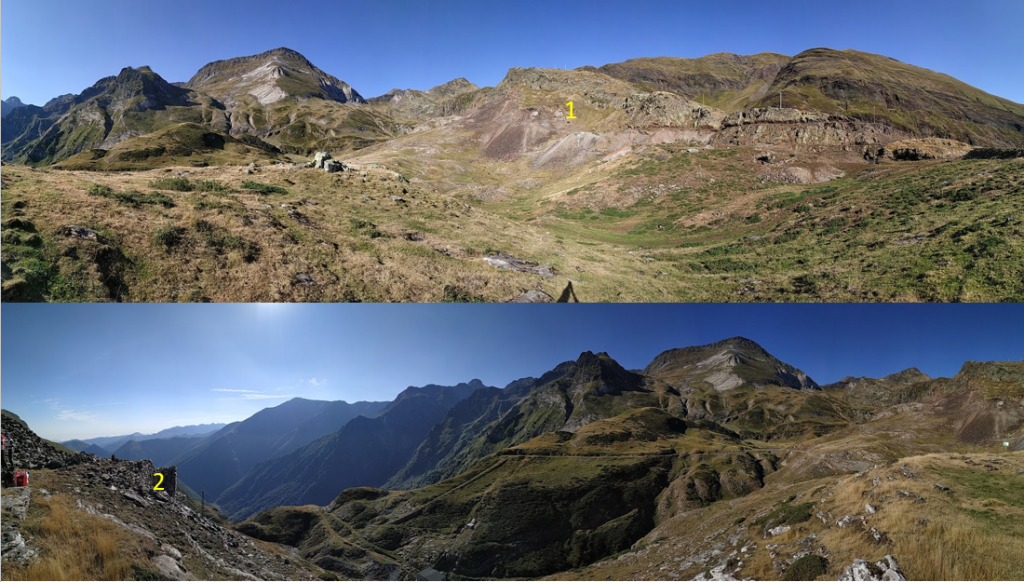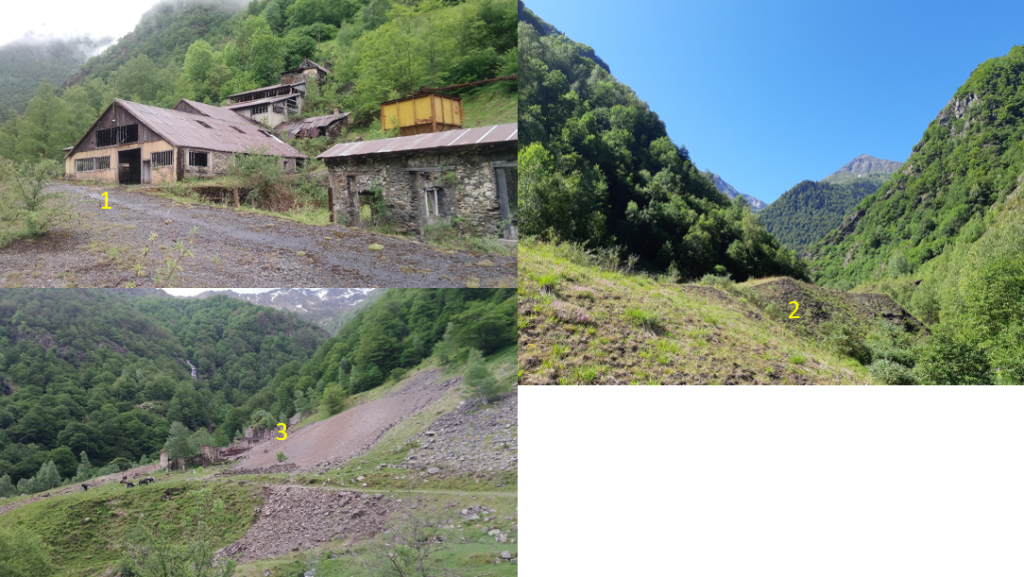SixP is a research program funded by the French National Research Agency (ANR). It focuses on the ecology of plant communities growing in metal-rich soils in former mining areas. The study of plant interactions between plants in these specific environments forms the core of the project. Complementary studies are implemented to develop innovative approaches to identify in situ plant species using airborne data and Artificial Intelligence.
Metal-rich environments are stressful, revealing harsh conditions for plant growth. In such situations, when stress is important (for instance in deserts or in the alpine belt), dominant interactions between plants are expected to be positive: some species modify their surrounding environment, mitigating stress, which benefits neighbouring vegetation. This kind of interactions (called facilitation) has been overlooked in metal-rich environments. Still, due to mining and smelting activities, many metal-rich sites are present in France and worldwide. Study of facilitation between plants in this context should help the ecological management or recovery of such sites.
The main objectives of this research program are as follows:
- To characterise the modification of plant interactions along gradients of metal presence in soils.
- To identify the various constraints for plant growth in such environments and their respective consequences on plant interactions.
- To combine airborne data and in-situ species characterization in a deep learning framework to ensure species identification and mapping.
A more detailed summary of Sixp is available here: SixP-short

High altitude sites
1. Tailings next to mining gallery, Chichoué area (©: C. Nguyen)
2. View on the Pyrenees (Ariege) from Chichoué area. Former mining infrastructures can be seen – foreground, on the left) (©: C. Nguyen)
Sixp P is implemented on several sites located in the Biros Valley, in the French Pyrenees (Ariège). In this Valley, and specifically in the Sentein city’s area, several sites are witnesses of the important former mining activities and serve as study sites for this project. They are formed by former ore-washing plants at low altitude, and by tailings surrounding former mining areas higher in altitude.

Low altitude sites:
1. “bocard d’Eylie” site (former ore-washing plant) (© C. Merand)
2. Tailing next to the “bocard d’Eylie” (©: H. Rande)
3. Former Uretz’s ore-washing plant (La Plagne area) (© C. Merand)
A research consortium made by 6 partners works in Sixp, on three different research axis:
- Characterisation of environmental gradients, including presence of metals in soils in relation to former mining activity
- Study of interactions between plants
- Airborne data acquisition and interpretation with artificial intelligence
For more information, please contact : fdelerue_at_ensegid.fr


